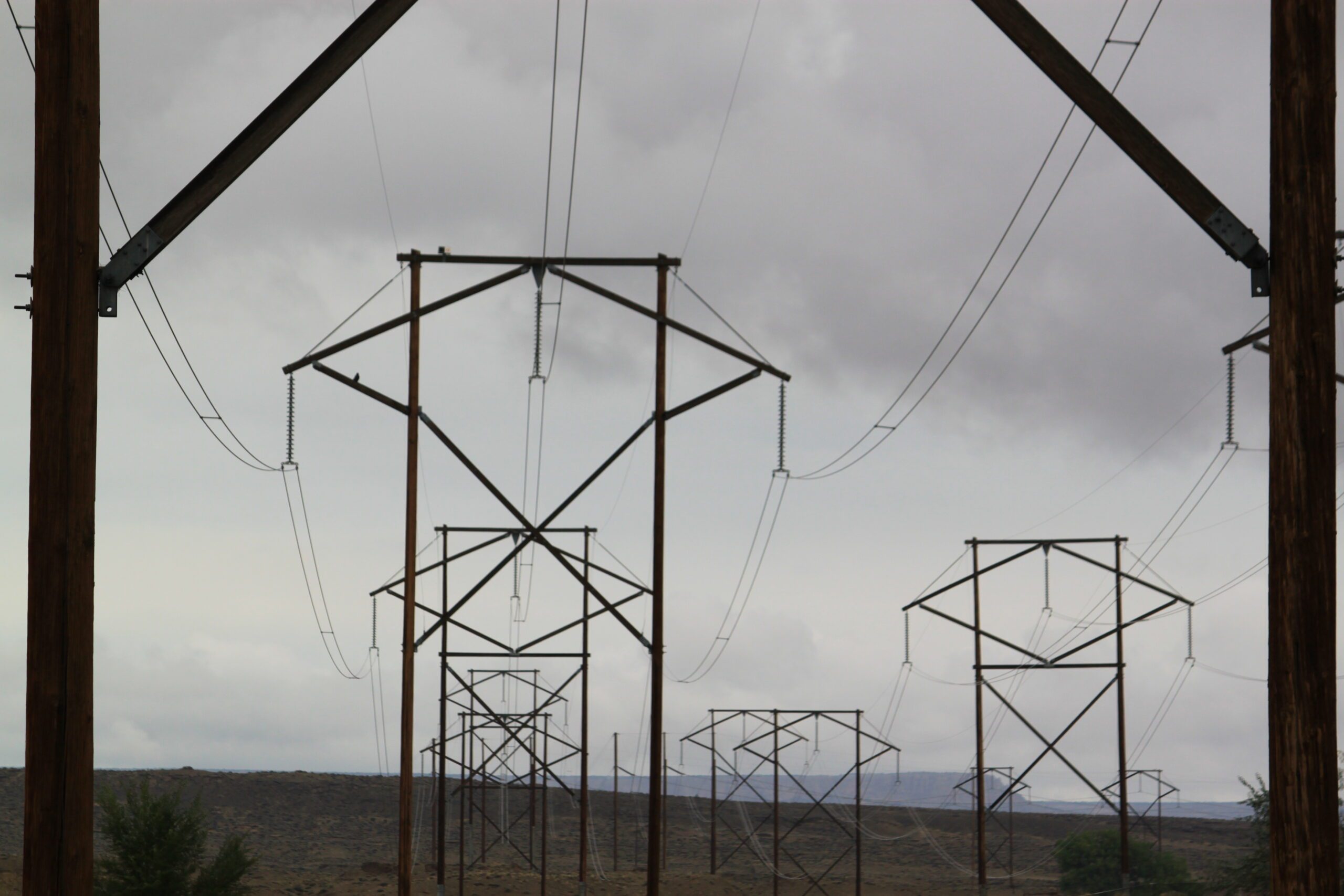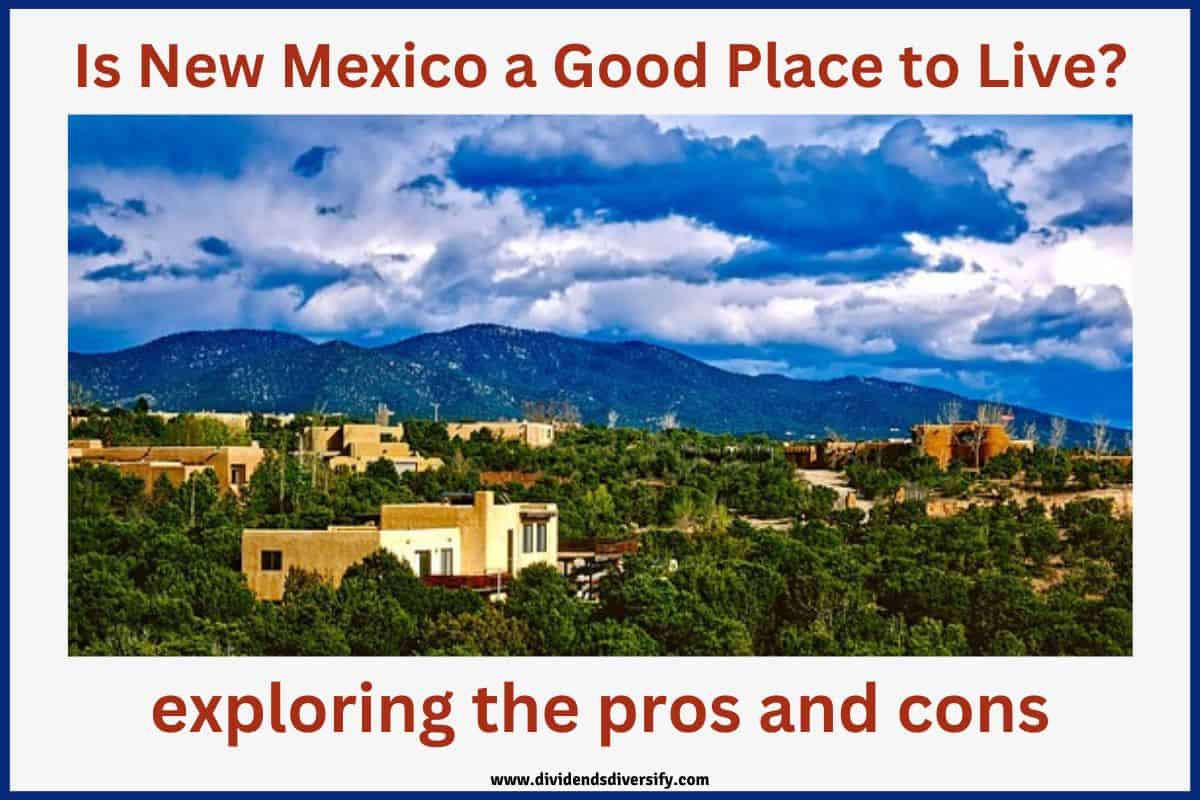Off grid living in new mexico – Off-grid living in New Mexico presents a unique blend of challenges and rewards. This burgeoning lifestyle, attracting those seeking self-sufficiency and a closer connection to nature, requires careful planning and understanding of the state’s unique legal, environmental, and infrastructural landscape. From navigating complex permitting processes and securing water rights to harnessing renewable energy sources and building sustainable homes, the journey to off-grid existence in the Land of Enchantment is a complex but potentially fulfilling one.
This guide delves into the practicalities and considerations involved in embracing this increasingly popular way of life.
New Mexico’s diverse geography, ranging from high desert plains to mountainous regions, offers a variety of settings for off-grid living. However, this diversity also translates into a patchwork of regulations and resource availability. Understanding these variations is crucial for anyone contemplating this significant lifestyle change. This exploration will cover legal requirements, resource management strategies, building considerations, community aspects, and environmental impacts, offering a comprehensive overview for prospective off-grid residents.
Legal and Regulatory Aspects of Off-Grid Living in New Mexico: Off Grid Living In New Mexico

Embarking on an off-grid lifestyle in New Mexico requires careful navigation of the state’s complex legal and regulatory landscape. Understanding permitting processes, water rights, land ownership regulations, and zoning laws is crucial for prospective off-gridders to ensure compliance and avoid potential legal issues. This overview provides a summary of key aspects to consider.
Permitting Processes for Off-Grid Living
The permitting process for off-grid living in New Mexico varies significantly depending on the county. Generally, permits are required for well construction, septic systems, and any structures built on the property. Counties often have their own specific regulations and application procedures. Contacting the relevant county planning and zoning department is essential for obtaining accurate and up-to-date information.
Failure to obtain necessary permits can lead to fines and legal action.
Water Rights and Usage Regulations
Water rights in New Mexico are governed by a complex system based on prior appropriation, meaning that the first to use the water for a beneficial purpose typically has the strongest claim. Off-grid properties relying on well water must comply with state regulations regarding well construction, testing, and usage. Some counties may also have additional regulations regarding water conservation and usage limits.
Securing water rights before beginning construction is paramount to avoid future conflicts and ensure a sustainable water supply. The Office of the State Engineer is the primary authority on water rights in New Mexico.
Legal Implications of Building on Undeveloped Land
Building on undeveloped land in New Mexico requires careful consideration of land ownership, easements, and access rights. Ensuring clear title to the property and verifying the absence of encumbrances is critical. Access to the property is another crucial factor, as many off-grid locations may require the construction of roads or easements across other properties. Consulting with a legal professional specializing in land use and real estate in New Mexico is highly recommended before purchasing or developing undeveloped land.
Zoning Laws Impacting Off-Grid Living Across New Mexico
Zoning laws vary significantly across different regions of New Mexico. Some counties may have more permissive zoning regulations that allow for off-grid living, while others may have stricter regulations that limit development or prohibit certain activities. Rural counties generally tend to have more relaxed zoning rules than those closer to urban areas. However, even in rural areas, building codes and health and safety regulations must be adhered to.
Thorough research of the specific zoning laws for the intended location is crucial.
Permitting Requirements Comparison Across Three New Mexico Counties
The following table compares permitting requirements across three different New Mexico counties. Note that this information is for illustrative purposes and may not reflect the most current regulations. Always check with the relevant county for the most up-to-date information.
| Permit Type | Santa Fe County | Taos County | Bernalillo County |
|---|---|---|---|
| Well Permit | Application, fee, inspection; varies by location. | Application, fee, inspection; specific requirements available on county website. | Application, fee, inspection; requires adherence to state and county regulations. |
| Septic Permit | Detailed site assessment, engineered plans, fee, inspection; significant lead times. | Similar to Santa Fe County; check county website for specifics. | Stricter regulations; potentially longer processing times than rural counties. |
| Building Permit | Application, plans review, fee, inspections; compliance with building codes. | Similar to Santa Fe County; varies by project scope. | Comprehensive review process; adherence to stricter building codes. |
| Application Process | Online or in-person submission; variable processing times. | Online or in-person submission; county website provides detailed instructions. | Typically online submission; potential for longer processing times due to higher volume. |
| Fees | Varies depending on permit type and project scope. | Varies depending on permit type and project scope. | Varies depending on permit type and project scope; generally higher than rural counties. |
| Timeline | Highly variable; can range from weeks to months. | Highly variable; can range from weeks to months. | Potentially longer processing times than rural counties. |
Infrastructure and Resource Management for Off-Grid Living

Successfully navigating off-grid living in New Mexico requires careful planning and execution regarding infrastructure and resource management. The unique climate and terrain of the state present both challenges and opportunities for those seeking self-sufficiency. This section details various methods for obtaining essential resources, managing waste, and powering off-grid homes.
Potable Water Acquisition Methods
Securing a reliable source of potable water is paramount for off-grid living. Several methods exist, each with its own advantages and disadvantages depending on location and resources. Rainwater harvesting involves collecting rainwater from rooftops and storing it in tanks for later use. This method is effective in areas with sufficient rainfall, but requires significant upfront investment in gutters, downspouts, and large storage tanks.
Well drilling provides access to underground aquifers, offering a potentially more consistent water supply. However, well drilling requires professional services, permits, and can be costly, with the expense depending heavily on the depth of the aquifer. Spring collection, where water naturally emerges from the ground, represents a low-cost, sustainable option if a suitable spring is located on or near the property.
However, this source may not always provide a sufficient volume of water, and water quality testing is crucial.
Renewable Energy Solutions for Off-Grid Homes
New Mexico’s abundant sunshine makes solar power an attractive option for off-grid homes. Photovoltaic (PV) systems convert sunlight directly into electricity. The cost of a solar PV system varies greatly depending on size and efficiency, ranging from several thousand dollars for a small system to tens of thousands for a larger setup. Wind power is another renewable energy source, particularly suitable in areas with consistent winds.
Wind turbines require significant upfront investment, with costs varying based on turbine size and capacity. However, the ongoing operational costs are generally low. A hybrid system combining solar and wind power can provide a more reliable and consistent energy supply, mitigating the limitations of each individual source. The initial cost of a hybrid system is higher, but the redundancy can offer significant long-term benefits.
Waste Management Strategies
Effective waste management is crucial for maintaining a healthy and sustainable off-grid lifestyle. Composting toilets offer a hygienic and environmentally friendly alternative to traditional flush toilets, converting human waste into compost. The initial cost is moderate, but long-term maintenance is minimal. Greywater recycling systems reuse wastewater from showers, sinks, and laundry for irrigation. This reduces water consumption and minimizes environmental impact.
The cost varies depending on the complexity of the system, ranging from simple DIY solutions to more sophisticated, professionally installed systems. Proper solid waste management requires diligent sorting, composting of organic materials, and regular disposal of non-compostable items at designated locations.
Off-Grid Power Storage Solutions, Off grid living in new mexico
Reliable power storage is essential for off-grid living, ensuring a consistent energy supply during periods of low renewable energy generation. Deep-cycle batteries are commonly used for storing solar and wind energy. The cost of batteries varies significantly depending on capacity, type (lead-acid, lithium-ion, etc.), and lifespan. Lead-acid batteries are less expensive upfront but have shorter lifespans and require more maintenance than lithium-ion batteries, which offer higher energy density, longer lifespans, and require less maintenance, although they have a higher initial cost.
The optimal choice depends on budget, energy needs, and maintenance capabilities.
Renewable Energy Source Comparison for New Mexico
The suitability of different renewable energy sources depends heavily on New Mexico’s diverse geography and climate.
- Solar Power:
- Pros: Abundant sunshine in most areas; relatively low maintenance; decreasing costs.
- Cons: Intermittency (dependent on sunlight); requires significant upfront investment; land use considerations.
- Wind Power:
- Pros: High energy output in windy areas; low maintenance; long lifespan.
- Cons: Intermittency (dependent on wind); high upfront costs; potential noise pollution; visual impact.
- Hybrid Systems (Solar & Wind):
- Pros: Increased reliability; diversification of energy sources; mitigation of intermittency issues.
- Cons: High upfront costs; complex system design and installation.
Embarking on off-grid living in New Mexico demands meticulous preparation, resourcefulness, and a commitment to sustainable practices. While the challenges are undeniable – from navigating complex regulations to mastering self-sufficiency – the rewards of a life lived closer to nature and free from the constraints of conventional living are equally compelling. This guide serves as a starting point, encouraging thorough research and careful consideration before taking the leap.
The path to successful off-grid living is paved with informed decision-making, adaptability, and a deep respect for the environment and the unique character of New Mexico.
Examine how off grid living jobs can boost performance in your area.